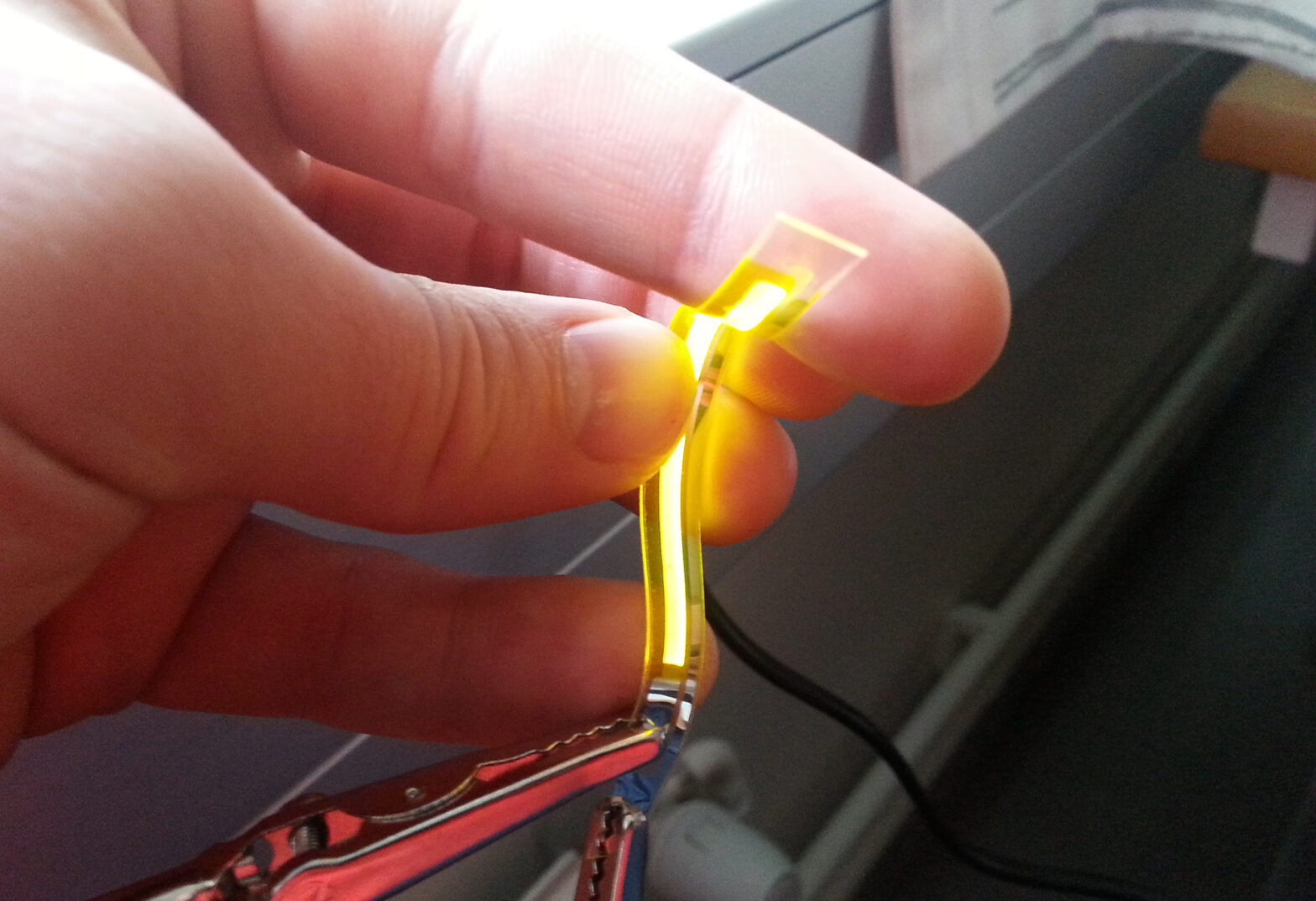In a collaborative effort between researchers from Japan and Germany, dendrimers have been combined with environmentally friendly materials, promising a sustainable solution in lighting technology.
In the ever-evolving landscape of materials science, dendrimers have emerged as a captivating class of compounds, garnering interest from both academic and industrial circles over the past few decades. These intricate branched polymers boast a unique set of properties, positioning them as a bridge between small molecules and polymers. Their precise molecular weight control and exceptional solubility have opened new doors for innovation in various fields, particularly in the realm of organic electronics.
In a recent study published in Advanced Functional Materials, researchers from Japan and Germany harnessed the potential of dendrimers in developing eco-friendly light-emitting electrochemical cells (LECs), ushering in a new era of sustainable lighting technology.
Dendrimers, due to their high solubility, have proven to be an attractive choice for technologies reliant on wet fabrication techniques. One such application is in solution-processed organic light-emitting diodes (OLEDs). These dendrimer-based OLEDs have dazzled the scientific community with their ability to achieve external quantum efficiency (EQE) values nearing 30%. The key to their success lies in the unique polarized electronic structure of dendrimers, which facilitates the design of thermally activated delayed fluorescent (TADF) materials. This design efficiently converts triplet excitons into singlet ones, maximising the utilisation of excitons in thin-film lighting.
However, what makes the recent research particularly surprising is the scarcity of efforts dedicated to optimising dendrimer-based LECs. LECs offer an alternative avenue for efficient and sustainable lighting, but their potential remained largely untapped in conjunction with dendrimers until now.
In a clever twist, the researchers replaced hydrophobic groups in the dendrimers with hydrophilic counterparts. This seemingly simple substitution had a profound impact on the lifetime of LEC devices, extending it to over 1,000 hours—a remarkable tenfold increase from the original.
Notably, this modification not only enhanced device longevity but also ensured excellent compatibility with biogenic electrolytes. The resulting LECs exhibited impressive performance figures, with an efficacy of 1.9 lumens per watt at 35 candela per square meter and a remarkable operational lifetime of 1300 hours.
As the world seeks greener and more sustainable solutions for its energy needs, the marriage of dendrimers with LEC technology presents a compelling option. With further research and development, dendrimer-based LECs may soon illuminate our homes, offices, and streets, providing a more sustainable and energy-efficient lighting solution for a brighter future.


